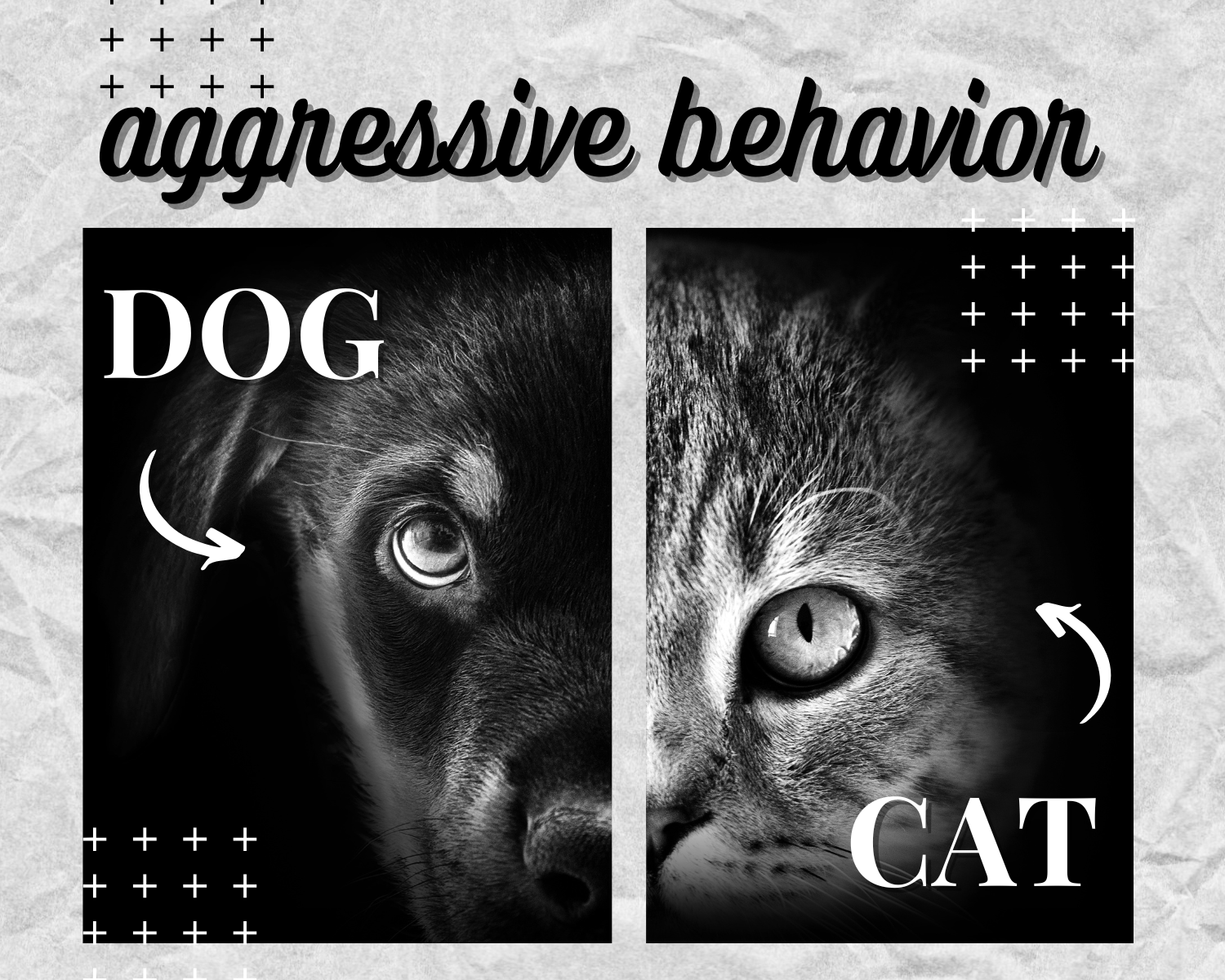Basic Dog Training Techniques: A Guide for New Dog Owners
Training your dog is essential for ensuring they are well-behaved, happy, and well-adjusted. Whether you have a playful puppy or an older dog, establishing a strong foundation of training will help create a positive relationship between you and your dog. Here are some essential dog training techniques that every dog owner should know.
1. Positive Reinforcement
Positive reinforcement is the most effective and humane training method. It involves rewarding your dog with treats, praise, or toys whenever they exhibit desired behavior. This helps your dog associate good actions with positive outcomes, motivating them to repeat those behaviors.
- Example: When your dog sits on command, immediately reward them with a treat and praise them with “Good job!” This positive feedback will encourage them to sit more frequently.
2. Consistency
Dogs thrive on consistency. Using the same commands, rewards, and routines helps them understand what’s expected of them. If you change the words or your behavior, your dog may become confused, and training will be less effective.
- Example: If you’re teaching your dog to sit, always use the same word (“Sit”) and ensure that every family member uses that same word. If you use different words (like “sit down” or “sit now”), your dog may get confused.
3. Timing
Timing is crucial when it comes to dog training. You must reward or correct behavior immediately after it occurs so your dog can connect the action with the result. Delayed feedback will confuse your dog and slow down the learning process.
- Example: If your dog fetches the ball, reward them right after they bring it back. Delaying the reward might confuse them about what they are being praised for.
4. Short Training Sessions
Dogs, especially puppies, have relatively short attention spans. Keeping training sessions brief and focused is key to successful learning. Aim for 5 to 10 minutes per session, several times a day, to keep your dog engaged and avoid frustration.
- Example: You can break up your dog’s training into multiple short sessions throughout the day, such as practicing “sit” in the morning, “stay” in the afternoon, and “come” in the evening.
5. Redirecting Unwanted Behavior
Rather than punishing undesirable behavior, redirect your dog’s attention to something more appropriate. This helps them understand what they should do instead of what they shouldn’t.
- Example: If your dog is chewing on your shoes, take the shoe away and give them a chew toy. When they chew on the toy, praise them. This teaches them what is acceptable to chew on.
6. Leash Training
Leash training is essential for walks and outings. Start by getting your dog used to wearing a collar or harness, and then gradually teach them how to walk nicely on a leash without pulling.
- Example: Begin in a quiet area and allow your dog to sniff around. When they pull, stop walking and wait until they come back to you. When they walk calmly beside you, reward them with a treat. Over time, your dog will learn to walk politely on the leash.
7. Socialization
Proper socialization is one of the most important aspects of training, especially for puppies. Introduce your dog to various people, places, animals, and experiences to help them become well-adjusted and confident.
- Example: Take your dog to dog parks, pet stores, and other public spaces to expose them to new sights, sounds, and smells. This helps prevent fearful or aggressive behaviors later on.
8. Patience and Persistence
Training your dog requires time, patience, and persistence. Don’t expect your dog to learn everything immediately. Repetition and consistency will eventually lead to success.
- Example: If your dog doesn’t immediately respond to a command like “stay,” don’t get frustrated. Keep practicing in short, positive sessions, and your dog will learn over time.
9. Use of Crates
Crate training is a valuable tool for housebreaking and teaching your dog boundaries. It provides your dog with a safe space and helps with potty training.
- Example: When you’re housebreaking your dog, take them outside immediately after they exit the crate. Over time, they will learn that going outside is the correct place to relieve themselves.
10. Gradual Distraction Training
Once your dog has mastered a basic command in a quiet environment, begin to increase the level of distraction. Start training in different areas with more people or dogs around to test their ability to follow commands in various situations.
- Example: Start by teaching your dog to sit in your living room. Once they understand the command, practice in the backyard, at the park, or in front of the house, gradually adding more distractions.



